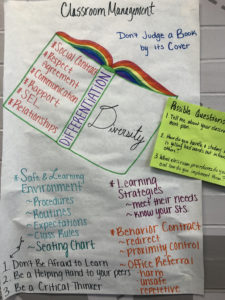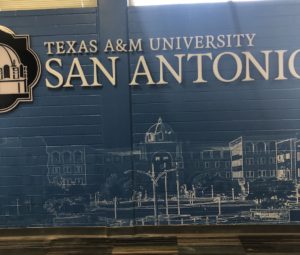CREATING CONNECTIONS: HOW THE CAST STEM FACULTY-IN-RESIDENCE MODEL IS ENHANCING TEACHER PREPARATION, RECRUITMENT, AND RETENTION
By: Julie Riedel, Ravae Shaeffer, & Sara A.S. Sherwood
CAST Schools partners with external organizations to incubate new ideas that can be tested and scaled up in other contexts. Because we believe the faculty-in-residence model is a superior approach to teacher preparation, since 2018 we have partnered with the Institute for School and Community Partnerships (ISCP)–through the College of Education and Human Development at Texas A&M- San Antonio (TAMU-SA)— to provide sustained campus-based support to develop clinical teachers who will become effective novice teachers. Each year we have had 3-4 field residents and 3 clinical teachers at CAST STEM HIgh School, a Southwest ISD high school created in partnership with the CAST Schools Network.
CAST backs a residency model because it has been found to create a supportive learning experience for future teachers. Additionally, these programs tend to recruit more diverse teaching candidates who are more likely to stay in the field and who have stronger student outcomes (Guha, Hyler, & Darling-Hammond, 2016). TAMU-SA clinical teachers are placed with Faculty in Residence, Julie Riedel, at the CAST STEM campus in Southwest ISD, which is led by Principal Ravae Shaeffer. Ms. Riedel’s ability to create connections–from theory to practice and among campus stakeholders and the broader community—illustrates why CAST believes in this model.
CONNECTING UNIVERSITY COURSEWORK AND FIELD-BASED EXPERIENCES
In many teacher education programs, the university and field-based work are taught separately (Guha, Hyler, & Darling-Hammond, 2016). It is not atypical to have a professor teaching the university-based educator preparation coursework while a separate staff member observes and provides feedback to clinical teachers and field residents. This bifurcated approach can lead to a disconnect between what field residents and clinical teachers learn at the university and what they learn from their field-based work.

The Faculty in Residence position at CAST STEM addresses this challenge by having one person, Ms. Riedel, on-campus providing both coursework and field-based feedback to TAMU-SA students. With this design, Ms. Riedel is able to make clear connections between the university curriculum that she teaches and the implementation of that content in the classroom. As Sarah Skidmore, a CAST STEM teacher notes, “It’s the chance to connect the concept of theory and put it into practice; the work helps them translate to the classroom…hands-on, analysis of the work…”
A case in point, Ms. Riedel teaches the university course content using strategies that the field residents and clinical teachers can turn around and use in their own classrooms, such as SRI’s MicroLab protocol. For instance, in a recent class agenda, Ms. Riedel highlights the instructional strategies that she is using in light green and the content she is teaching in blue.
Miguel Reyes, a first-year CAST STEM teacher, and former TAMU-SA field resident and clinical teacher, summarizes the benefits of this approach stating, “I am able to apply those strategies: for example, Microlab Protocol or Circles or Socratic Seminar, and Think-Pair-Share. Lesson plans really helped with the university because they are thorough and it’s helped me this year as a first year teacher.” Similarly, clinical teacher Natalie Kaedaeng notes that “The coursework at TAMU-SA has mentally prepared me to practice teaching in the classroom. From: learning lesson plans, classroom management, classroom activities, and lots more at TAMU-SA, I can take that knowledge and practice it at CAST STEM.” Ms. Riedel’s focus on implementation ensures that students not only understand the concepts that she teaches but can also apply them in meaningful ways.

Ms. Riedel’s connections between theory and practice go beyond the classroom door. She knows that her clinical teachers and field residents are entering the professional world, in some cases for the first time. Accordingly, Ms. Riedel uses strategies to deepen students’ understanding of their university and classroom-based practice, while also preparing them for their new professional life. As demonstrated in the student-created anchor chart below (link to image 2), Ms. Riedel had students create a visual to summarize key concepts they had learned throughout the year, in this case with classroom management. Then, she invited students to respond to questions related to their anchor chart topic. These questions not only deepened the students’ knowledge of the concepts they had summarized, it also provided low-stakes practice for upcoming job interviews. Additionally, these concept-based anchor charts provided a common language and a vision that Ms. Riedel could draw on during observations and when providing feedback.
CONNECTING STAKEHOLDERS WITH EACH OTHER AND THE BROADER COMMUNITY
While the theory-to-practice connections that Ms. Riedel makes are essential to her students’ success, the engine that drives the work is the trust and relationships that she has built with her students, the CAST teachers, and the administration.
Because Ms. Riedel is housed at the CAST STEM campus and spends two years with her students, she knows them well and is able to meet their individual learning needs as developing teachers. Additionally, Ms. Riedel, TAMU-SA, and CAST STEM have taken specific steps to make the field residents and clinical teachers a part of the CAST STEM campus. Not only is there a dedicated room for TAMU-SA students where they can learn and collaborate together, but Ms. Riedel also highlights and celebrates their classroom work as evidenced by one of the boards up on the campus.

Ms. Riedel has also built positive working relationships with school mentors and the administration. As described by Ms. Shaeffer, the CAST STEM principal, “Our deliberate commitment to staying connected as leaders creates alignment to coach interns to the vision of the campus while giving them the skills they need. The relationship assists with that alignment and her role help us get to that next step. We grow our own….together.” Recognizing the strength of the TAMU-SA students’ experience and preparation, Ms. Shaeffer has hired several TAMU-SA graduates to be full-time teachers on her campus. In total, CAST has hired 5 out of the 6 clinical teachers who have graduated from the program.
In some schools, the university liaison is seen as an outsider. At CAST STEM, Ms. Riedel is viewed as a resource and advocate. She provides wide support across the campus. Current clinical teacher, Abigail Martinez notes,
The community here at CAST STEM is so collaborative. We are always bouncing ideas off each other and I am constantly getting feedback from those around me. It is so nice to be able to give a lesson and not have to wonder if it is good or not because chances are a few people have already helped me envision it and a few more will let me know what they thought about it. It feels like it is okay to be confused or to make mistakes because there is someone there to help me through it and learn from it.”
Echoing a similar sentiment, TAMU-SA field resident Cade Wood, states: “I feel like I’m part of the staff and it builds my confidence when I’m teaching. And getting ongoing feedback. It’s helping me become a better student too.” As evidenced by these statements, Ms. Riedel’s work yields positive benefits beyond the traditional clinical supervisor role.
It is important to note, however, that these relationships were not built in a day. It is the sustained time and commitment to the students, the school, and the work that has helped these relationships develop. Oftentimes, university liaisons have students spread across many campuses making it difficult to create enduring positive relationships at any one campus. Part of the Faculty in Residence model’s success is its focus and commitment to supporting a particular campus. Ms. Riedel’s relationships have helped to cultivate a positive learning environment for TAMU-SA students as they move from field resident to clinical teacher, to novice full-time teacher. In turn, this environment has supported TAMU-SA students in advocating for their own leadership growth by facilitating new clubs that they have developed, such as a book club, Cobra Coordinators, a music club, and Esports.
BUILDING ON SUCCESS

Given the initial success of this model and in line with Arielle Hetrick, a current CAST STEM clinical teacher’s statement that“The partnership between Texas A&M – San Antonio and CAST STEM is a model that, if replicated, would ensure the presence of quality educators in our community and for our children,” we have begun thinking about ways to continue to expand this model within our network. At CAST and TAMU-SA, funds are being dedicated to continuing the Faculty-in-Residence model at another CAST school, CAST Lead, in neighboring East Central ISD. Additionally, TAMU-SA and CAST STEM are in the process of completing the IRB requirements to conduct research to deepen and clarify their understanding of the elements of this model that have made it a success.
Watch the Panel Discussion:
Panelists Include:
- Ravae Villafranca Shaeffer, CAST STEM Principal
- Julie Riedel, Field Supervisor, Texas A&M University-San Antonio
- Crystal Mares, Mentor Teacher, CAST STEM Teacher of the Year
- Arielle Hetrick, Student Teacher
- Bryanna Zamarron, First Year Teacher
Moderated by Jen Maestas, Community and Education Manager, CAST Schools Network


















